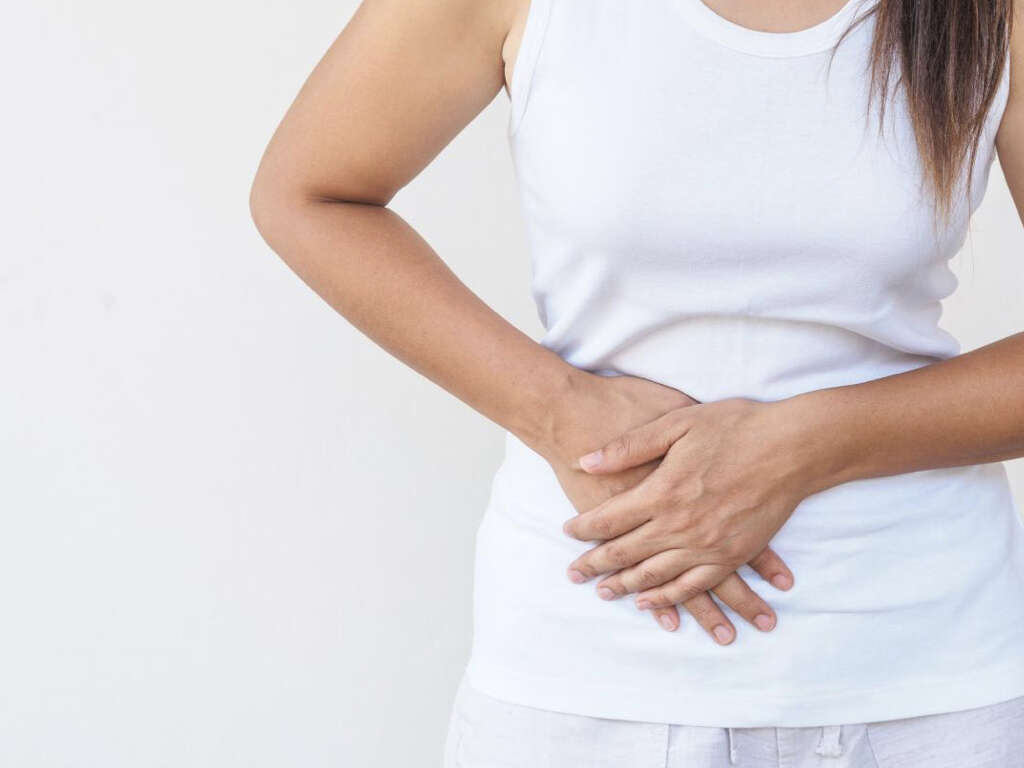10 Biliary Colic Symptoms
 Article Sources
Article Sources
- 1. Sigmon, David F., et al. 'Biliary Colic - StatPearls - NCBI Bookshelf.' National Center for Biotechnology Information, 20 Nov. 2020, www.ncbi.nlm.nih.gov/books/NBK430772/
- 2. 'Gallstones Symptoms and Treatment.' NHS Inform - Scottish Health Information You Can Trust | NHS Inform, www.nhsinform.scot/illnesses-and-conditions/stomach-liver-and-gastrointestinal-tract/gallstones
- 3. 'Referred Shoulder Pain.' University of Michigan | Michigan Medicine, www.uofmhealth.org/health-library/aa58029
- 4. 'Diagnosing Biliary Colic and Acute Cholecystitis.' AAFP American Academy of Family Physicians, 15 Sept. 2000, www.aafp.org/afp/2000/0915/p1386.html
- 5. 'Nausea: a Review of Pathophysiology and Therapeutics.' PubMed Central (PMC), www.ncbi.nlm.nih.gov/pmc/articles/PMC4699282/
- 6. 'Biliary Colic and Complications from Gallstones.' Best Practice Advocacy Centre New Zealand, bpac.org.nz/bpj/2014/june/gallstones.aspx
Biliary colic is pain in the abdomen and commonly caused by a biliary tract blockage. This tract is the network of vessels that move digestive juices from the gallbladder, liver and pancreas to the small intestine. Blockages can occur in the cystic duct, which connects the gallbladder with the common bile duct, or the common bile duct, which runs through the pancreas to the small intestine.
Obstructions in biliary ducts are commonly caused by gallstones or bile duct stones. These stones are the result of a buildup of hardened cholesterol or bile salts and must be removed surgically.1Sigmon, David F., et al. ‘Biliary Colic - StatPearls - NCBI Bookshelf.’ National Center for Biotechnology Information, 20 Nov. 2020, www.ncbi.nlm.nih.gov/books/NBK430772/
Abdominal Pain
Pain in the abdomen is a common symptom of biliary colic. Pain typically presents in the upper right section of the abdomen, or tummy. It's common for pain to occur underneath the ribs. The pain can feel sharp, colicky or like a constant dull ache.
Some people find that biliary colic pain occurs after eating a large and fatty meal. Fatty foods can cause the gallbladder to contract, which can lead to pain if there's an obstruction in a duct. The pain usually comes on suddenly, and can last for several hours.2‘Gallstones Symptoms and Treatment.’ NHS Inform - Scottish Health Information You Can Trust | NHS Inform, www.nhsinform.scot/illnesses-and-conditions/stomach-liver-and-gastrointestinal-tract/gallstones
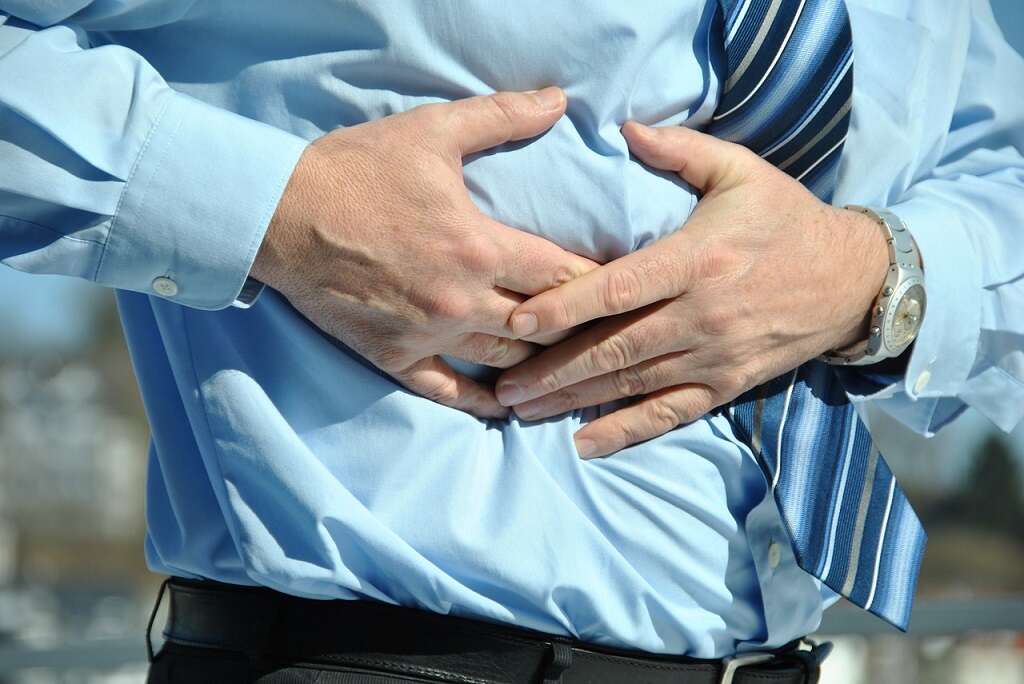
Shoulder Pain
Pain caused by biliary colic can spread upward into the right shoulder. When shoulder pain is present, it typically occurs along with pain in the abdomen. The pain is usually constant and isn't relieved or worsened by moving the shoulder.
Shoulder pain as a biliary colic symptom is known as referred pain. This means that pain occurs in a place other than the original source of the medical issue. It's commonly the result of irritation of the phrenic nerve.3‘Referred Shoulder Pain.’ University of Michigan | Michigan Medicine, www.uofmhealth.org/health-library/aa58029
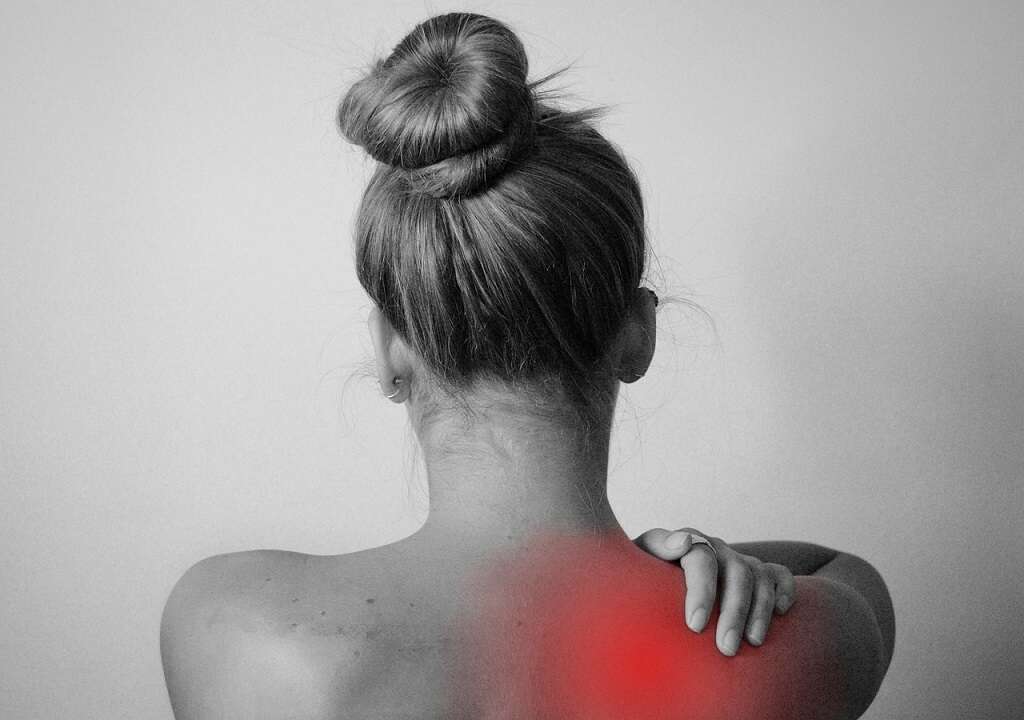
Back Pain
Back pain can be a biliary colic symptom. As with shoulder pain, back pain caused by biliary colic is a type of referred pain, typically caused when a nerve is stimulated. If experienced, it's commonly accompanied by abdominal pain.
When present, pain is normally felt in the upper back between the shoulder blades. Moving or stretching doesn't make the pain better or worse. Rather, it's a constant feeling that usually resolves at the same time as the abdominal pain.
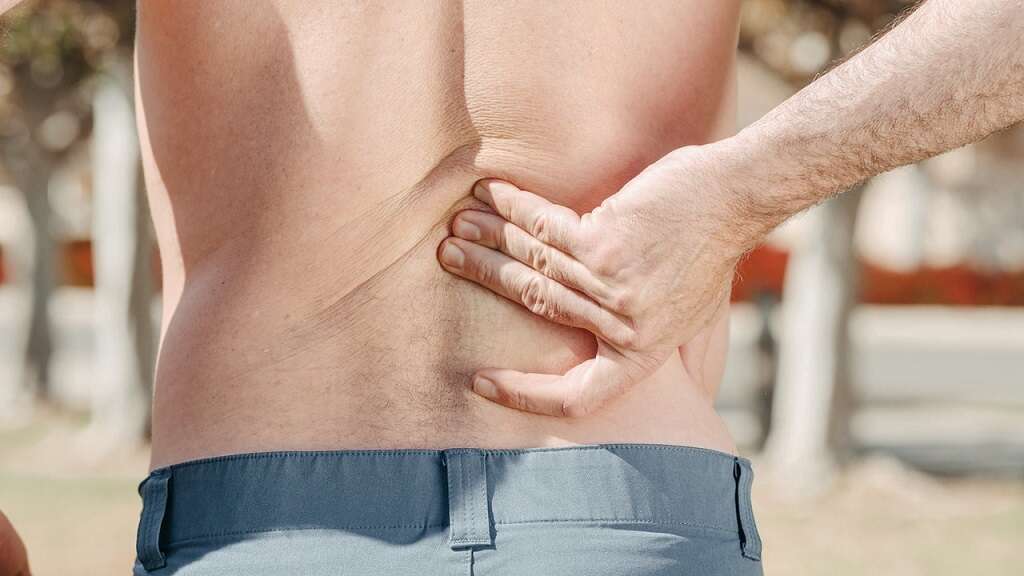
Pain at Night
As a symptom of biliary colic, pain frequently can be experienced at night. Pain is usually in the upper-right section of the abdomen, and there may be associated shoulder or back pain. The pain may interrupt the quality of sleep.
It's suggested that biliary colic may affect people at night because of the position of the body. Lying down can cause the gallbladder to be horizontal, which may make it easier for stones to pass into the cystic duct.4‘Diagnosing Biliary Colic and Acute Cholecystitis.’ AAFP American Academy of Family Physicians, 15 Sept. 2000, www.aafp.org/afp/2000/0915/p1386.html

Nausea
In some instances, nausea can be a symptom of biliary colic. Nausea is an uneasy feeling, or discomfort, in the stomach. Sometimes referred to as queasy, it's the sensation that a person has an urge to or is about to vomit.
When it's due to biliary colic, nausea typically accompanies abdominal pain. It may start or become worse after eating. When caused by biliary colic, nausea usually goes away when abdominal pain stops.5‘Nausea: a Review of Pathophysiology and Therapeutics.’ PubMed Central (PMC), www.ncbi.nlm.nih.gov/pmc/articles/PMC4699282/

Vomiting
Vomiting, or being sick, may be a biliary colic symptom. Vomiting, when due to biliary colic, commonly follows a period of nausea with pain, although it can also occur suddenly with the onset of abdominal pain.
Eating or drinking while experiencing biliary colic may trigger vomiting. This is more likely if a person eats fatty, processed, fried or dairy foods. In general, vomiting due to biliary colic is an automatic response by the body to experiencing pain.
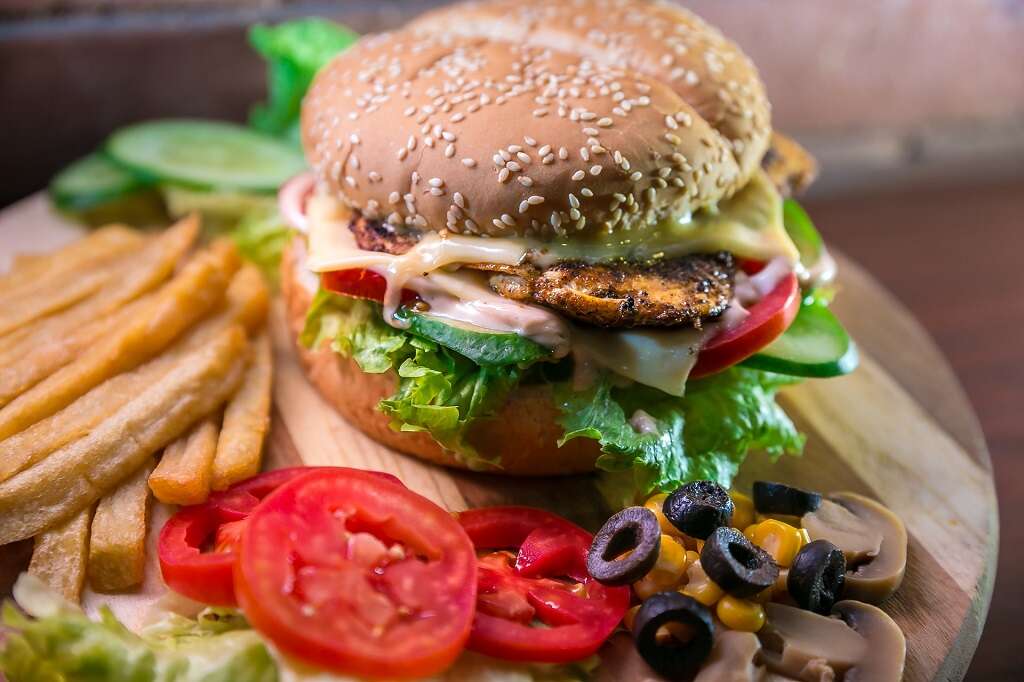
Perspiration
Perspiring, or sweating, is when clear fluids pass through the skin. People may feel warm and clammy when sweating. Biliary colic can cause individuals to sweat more than they normally do. Sweating commonly stops when pain subsides.
There's typically no associated fever with perspiration when it accompanies biliary colic. If a person experiences upper-right abdominal pain with sweating, fever and chills, it may be an indication of a more serious condition called cholecystitis.

Loss of Appetite
As with many types of pain, severe pain caused by biliary colic can lead to a loss of appetite. Additionally, when nausea and vomiting also present as symptoms of biliary colic, individuals typically have no desire to eat.
Loss of appetite, as a biliary colic symptom, is commonly temporary. Appetite generally returns when pain and other symptoms ease. In some situations, frequently recurring episodes of biliary colic can lead to weight loss due to prolonged periods of appetite loss.
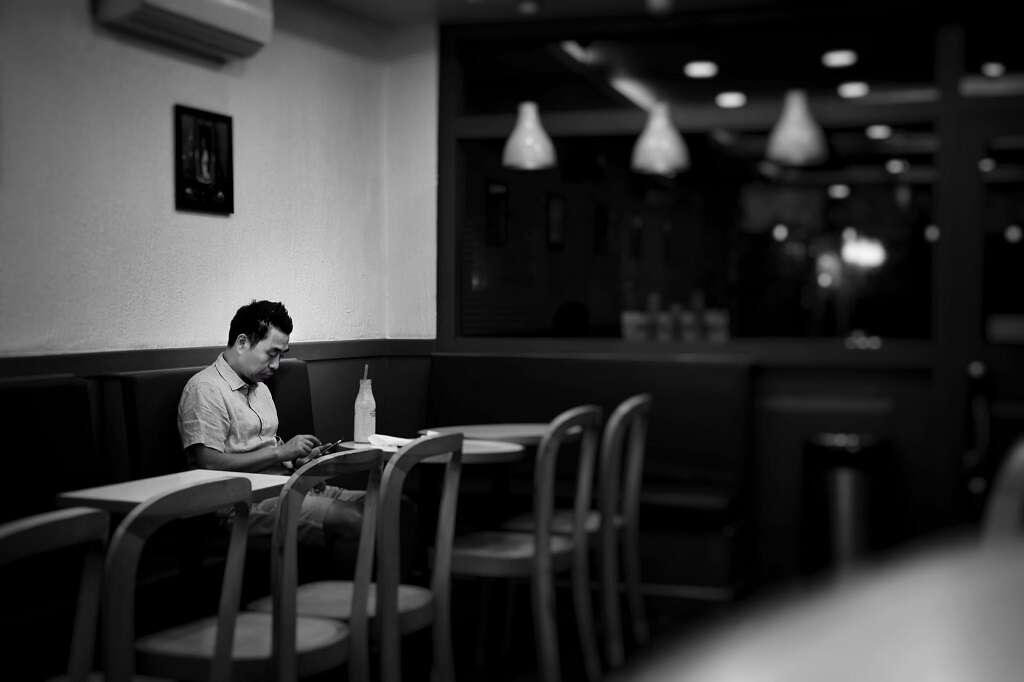
Abdominal Tenderness
A common symptom of biliary colic is sudden-onset, sharp pain in the abdomen, which can last for a few hours. When the pain subsides, the person may experience lingering abdominal tenderness. This means an individual may feel pain of varying degrees or discomfort when pressure is applied to the abdomen.
This tenderness usually doesn't last long following an episode of biliary colic, and typically causes little to no disruption in a person's regular activities.

Jaundice
Jaundice doesn't occur when biliary colic is induced by an obstruction in the cystic duct. If there's a blockage in the common bile duct, however, this can prevent the normal flow of bile and lead to jaundice.
With jaundice a person's skin and eyes appear yellow, and they may also experience dark urine, light-colored stools and other symptoms. An individual should seek medical advice when biliary colic has associated jaundice.6‘Biliary Colic and Complications from Gallstones.’ Best Practice Advocacy Centre New Zealand, bpac.org.nz/bpj/2014/june/gallstones.aspx









